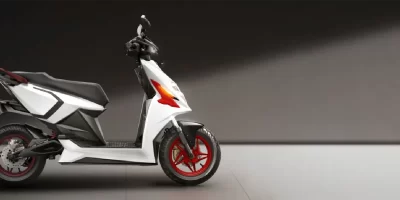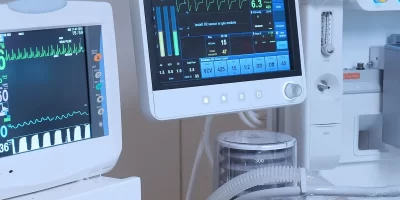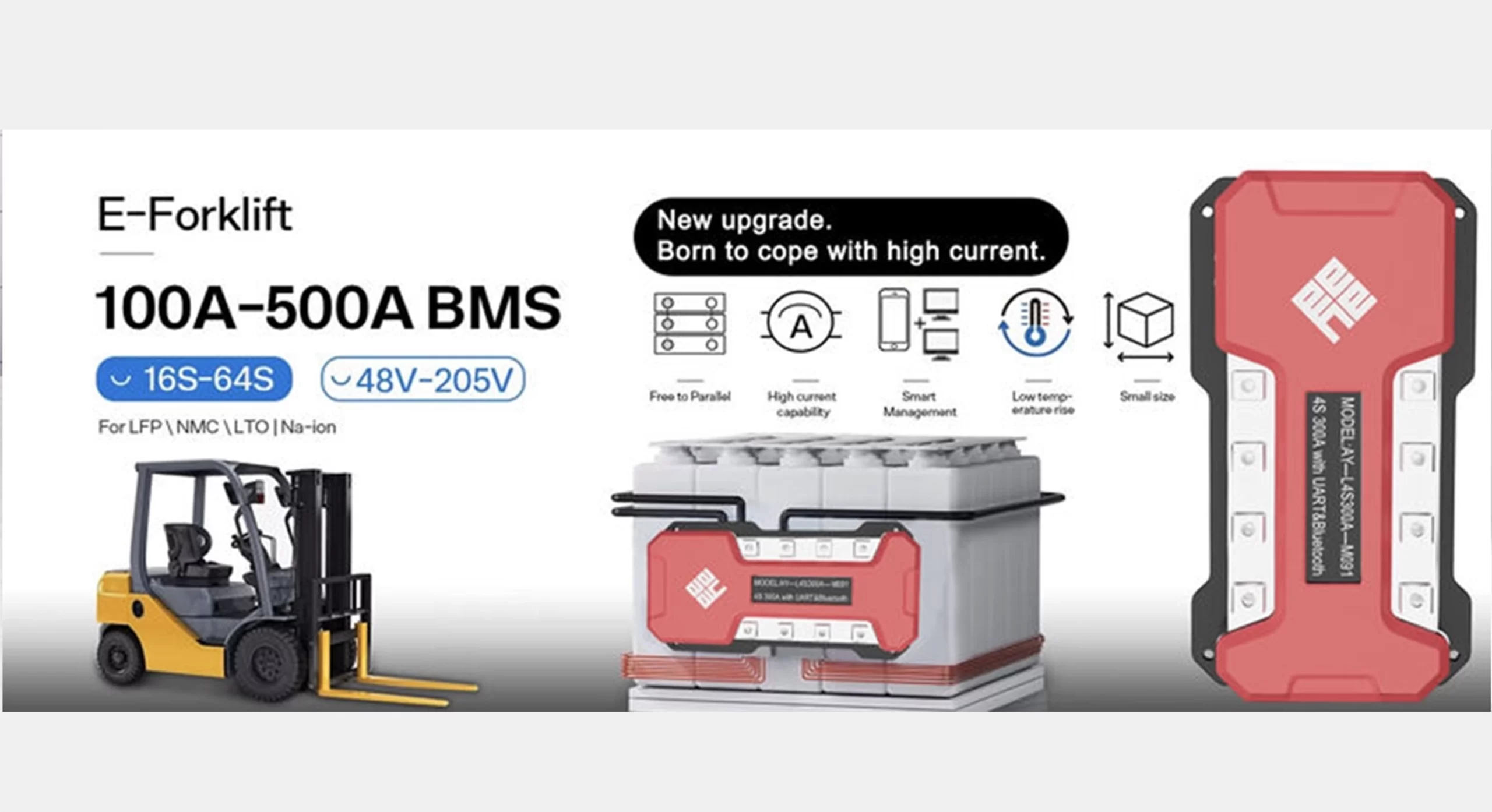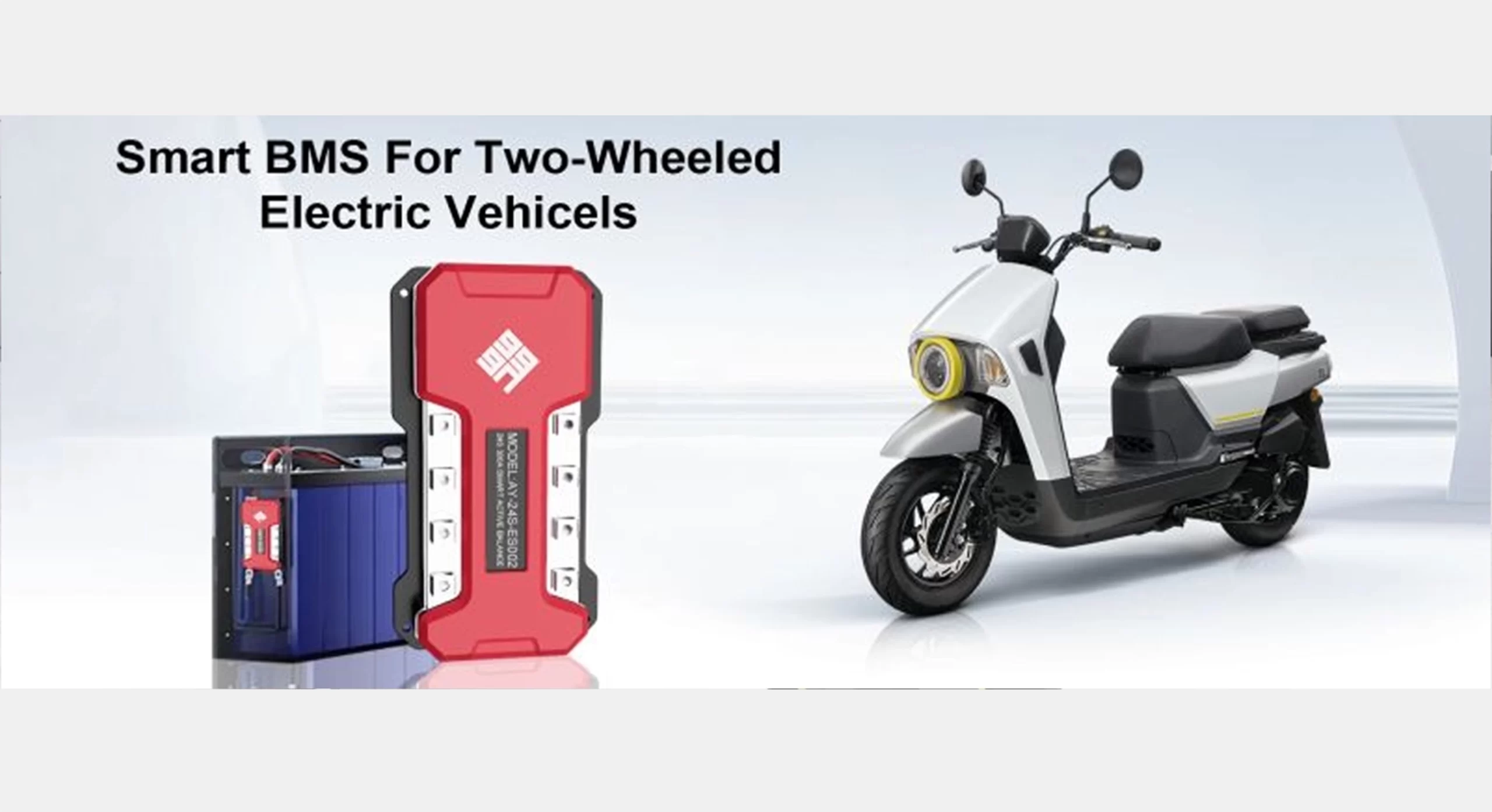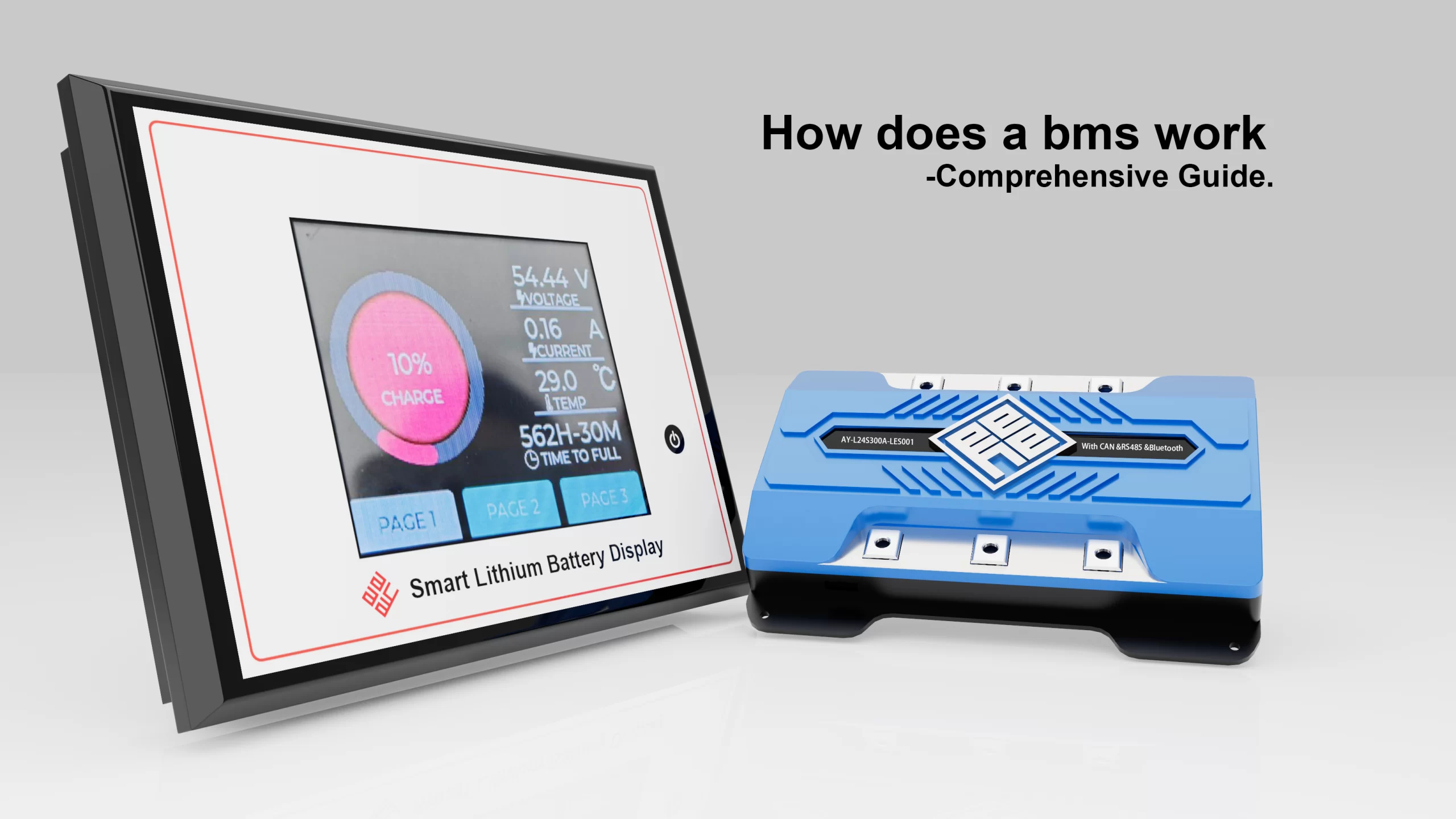Home About Us EVENTS & NEWS How does AYAATECH BMS work in E-scooters
How does AYAATECH BMS work in E-scooters
How does AYAATECH BMS work in E-scooters
AYAATECH BMS has been implemented across a wide range of scenarios. We would like to present the working principles of our BMS as applied in E-scooters, which encompass the following key aspects:
1. Battery Monitoring and Protection
Real-time Monitoring: AYAATECH BMS uses built-in sensors to monitor key parameters such as voltage, current, and temperature of each cell in the battery pack in real time. This allows the system to promptly understand the operating status of the battery and ensure it operates within a safe range.
Overcharge and Overdischarge Protection: When the battery voltage exceeds the set safety value, the BMS automatically cuts off the charging circuit to prevent overcharging. Similarly, when the battery voltage falls below the safety value, the BMS cuts off the discharge circuit to prevent overdischarging.
These protective measures help extend the battery’s lifespan and ensure its safe operation.
Overcurrent Protection: The BMS can detect whether the current exceeds the battery’s rated current. When the current is too high, it immediately cuts off the circuit to prevent battery damage caused by overcurrent.
Short Circuit Protection: The BMS also has a short circuit detection function. Once a short circuit is detected, it quickly cuts off the circuit to avoid safety accidents such as fires caused by short circuits.
2. Communication and Data Management
Communication Modules: AYAATECH BMS is equipped with various communication modules, such as CAN Bus, SMBus, and Bluetooth,etc. These modules enable the BMS to communicate data with other systems of the E-scooter (such as the vehicle control unit), transmitting real-time battery status information, such as battery level and health condition. This helps users and systems better understand the battery’s usage and manage it accordingly.
Data Storage and Processing: The BMS also has data storage capabilities, recording the battery’s operational data and historical information. This data can be used to analyze the battery’s performance and health, providing a basis for battery maintenance and optimization.
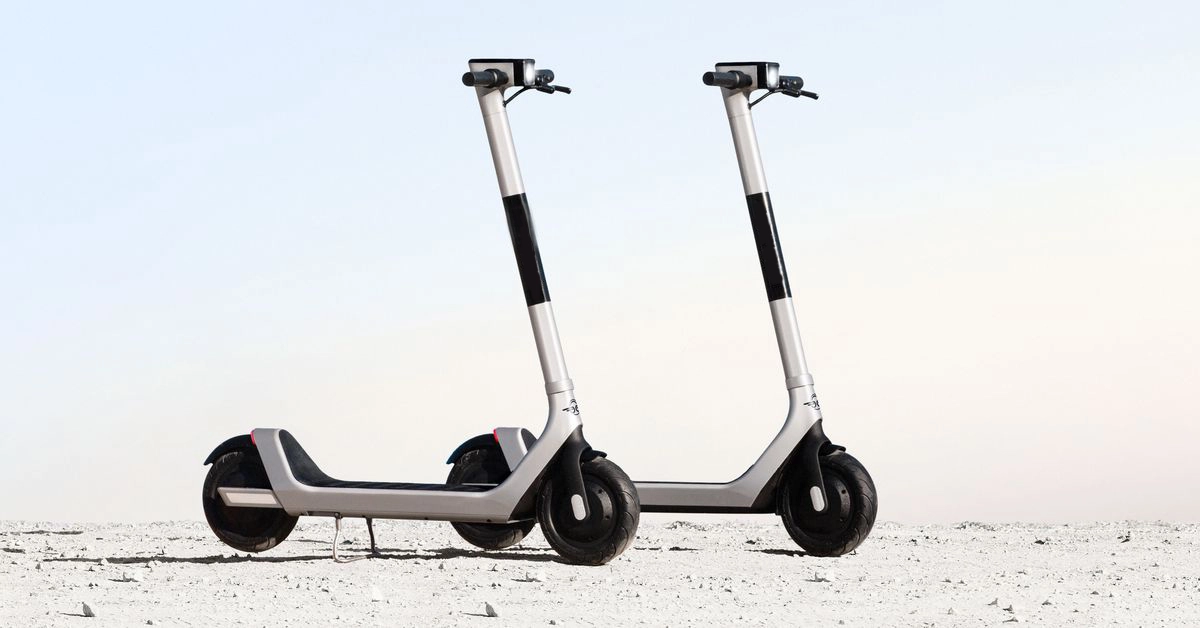
News Recommend
-
2024 battery show in Detroit,USA.
10/08/2024 -
2024 Electronica in Munich, Germany
01/08/2025





